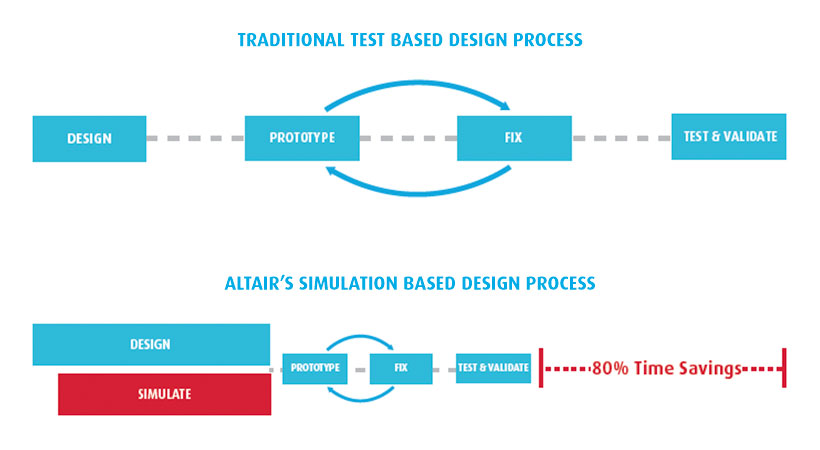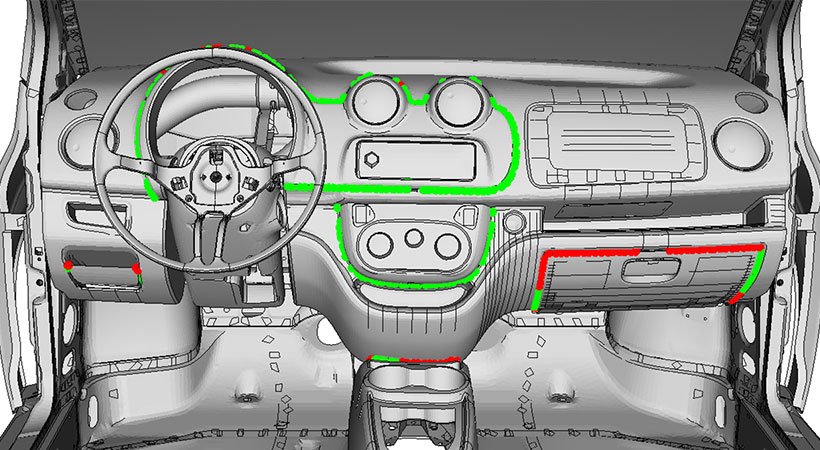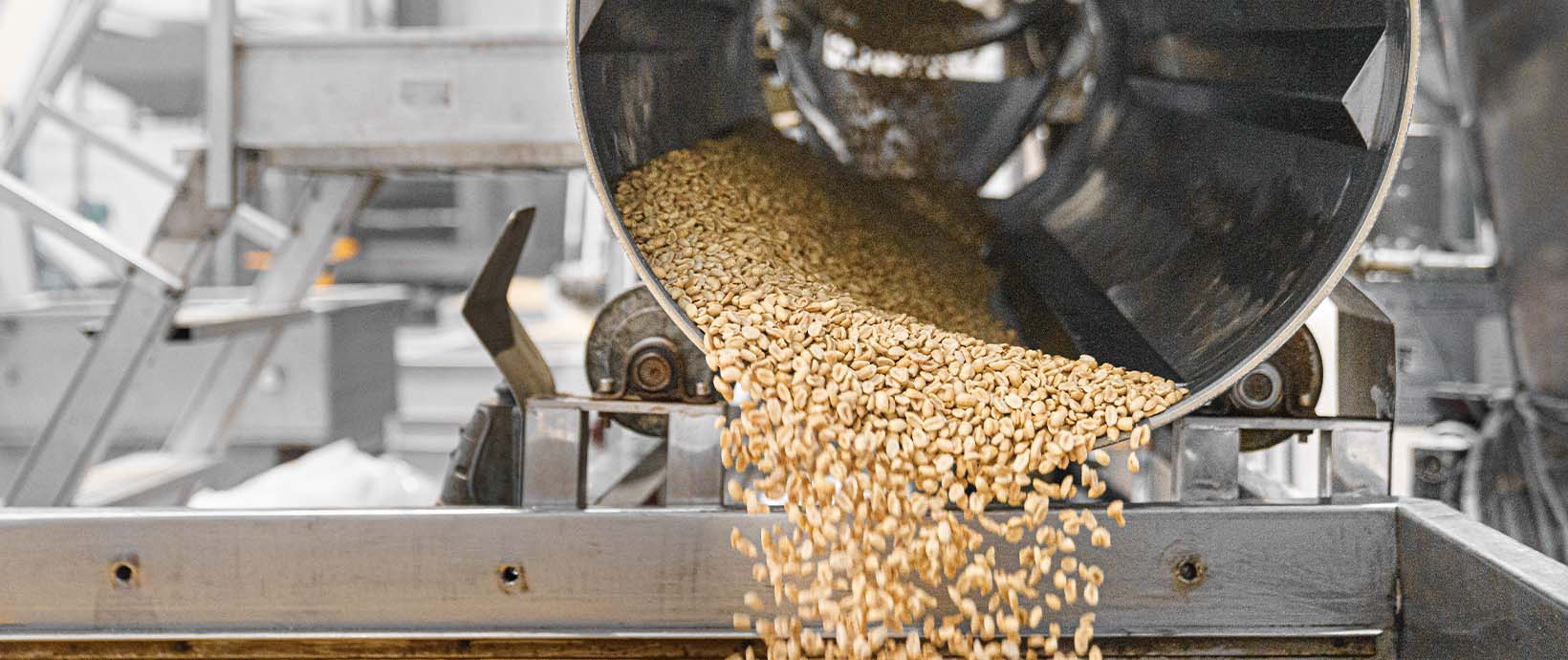Why a Simulation-Driven Design Approach Saves You Time (and Money)
When I began my automotive engineering career, simulation technologies were primarily thought of as validation tools, used to verify the performance of components and system against crash, NVH, durability targets etc. Simulation rarely influenced the design early on. Instead, it highlighted problems and passed reports back for modifications. That approach served its purpose, but as the technologies have become more sophisticated and able to deliver results more quickly, the scope to use simulation earlier in the design cycle and deliver design direction in line with the pace of vehicle development programs is now enabling manufacturers to realize significant time and cost savings.
No longer is simulation a tool to ‘okay’ a design. It is now a driver of innovation, allowing engineers to propose optimised design solutions that exhibit the best compromise of multiple engineering functions and constraints. At Altair we call this “simulation-driven design” and it remains a key tenant of our design philosophy and vision of where simulation should play in the product development process.
Solving problems earlier
I’ve spent my last few years at Altair looking into the potential for a simulation-driven design-based approach to an area where physical prototyping and testing is still very much the standard practice – assessing vehicle interiors for undesirable squeaks and rattle noise. As customers increasingly expect ever more luxurious environments, OEMs and suppliers are experimenting with new materials that look great in isolation but may produce annoying sounds one, two or five years after purchase.
The potential for squeaks and rattles to appear over the life of a vehicle makes the issues particularly problematic for physical tests as it is impossible to accurately test for wear and tear over the course of several years using prototyping alone. There is very rarely enough time to test multiple material pairs to such a degree. Meanwhile there’s the risk of drivers getting the feeling of owning a poorly assembled product, potentially opening the floodgates to expensive warranty claims.
It’s here where a simulation-driven approach, implemented before prototyping and physical test, shines. Engineers have an opportunity to accurately identify and resolve problems very early in the design process, and the sooner problems are identified, the quicker engineers can get to work creating the necessary refinements and fixes. The earlier in the design process these issues are fixed, the cheaper these fixes are, and the less time engineers will spend solving them at the prototyping phase, when the cost of change is higher.
Avoiding unnecessary cost
Where testing for squeaks and rattles or other engineering defects is left too late, issues can be carried forward onto the production line and once in the wild, manufacturers may need to initiate a costly recall exercise to make things right. I’ve seen scenarios where the actual solution may cost a mere €2 each to fix – but over a complete production run, the total bill has soared into the millions. Time consuming issues like investigating squeaks and rattles through repeated physical test routines can be minimised significantly thanks to a simulation approach, freeing up engineering resources to focus on innovating instead of firefighting problems.
Where next for simulation?
I’ve been working with automotive companies for many years to implement a simulation-driven approach to deal with squeak and rattle problems and the results have been extremely positive. Just take a look at these examples from FIAT or PSA for some idea of what’s being achieved. While I don’t think we will be able to avoid physical testing in the short term, we’re certainly on the right path to push beyond these costly and slow methods. It makes me wonder what the next challenge will be where a simulation-driven approach will change traditional thinking.
To learn more about using simulation in your design processes, or Altair’s squeak and rattle solutions to save time and money, please contact us to arrange a no-obligation product demo.







